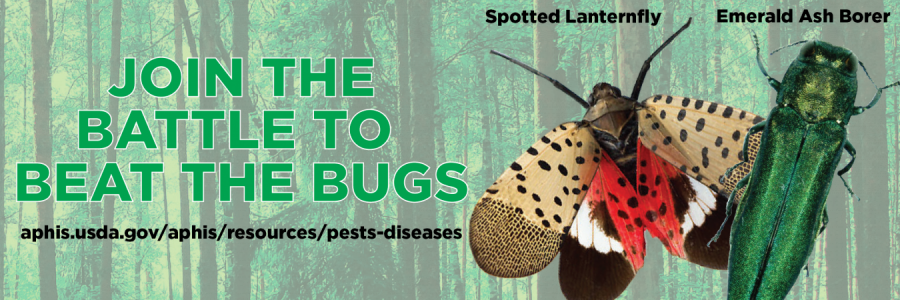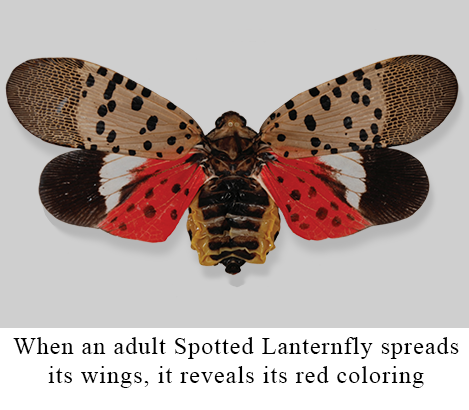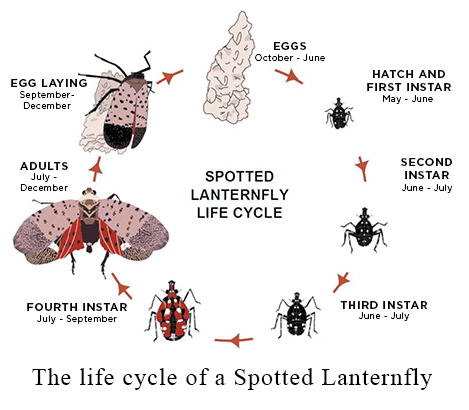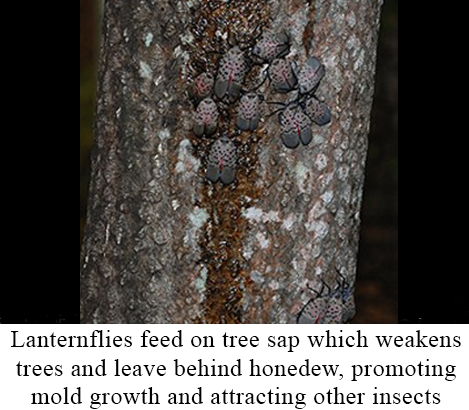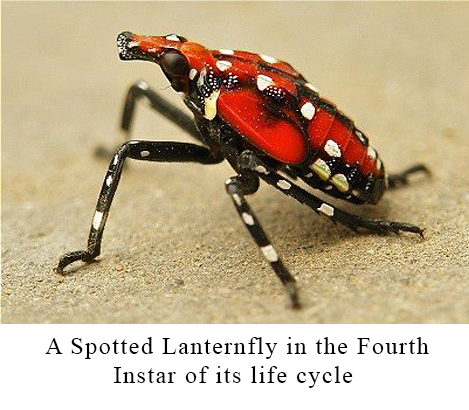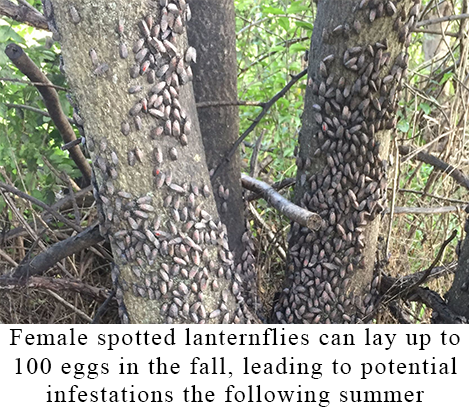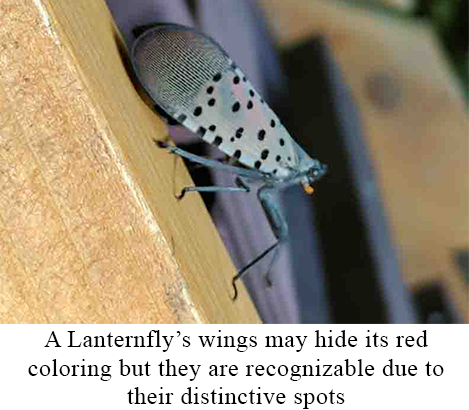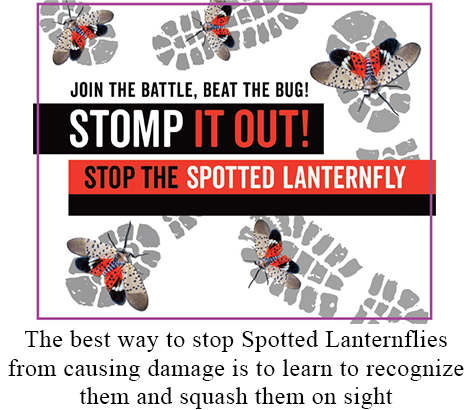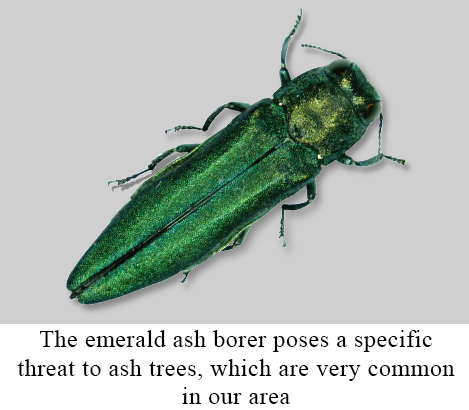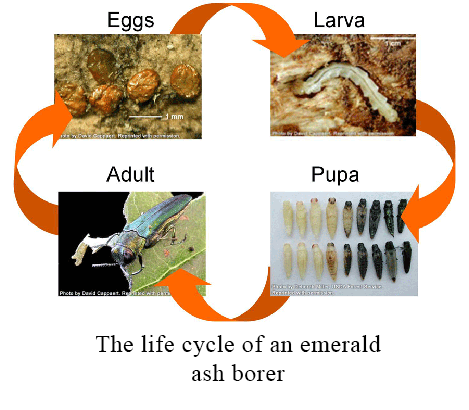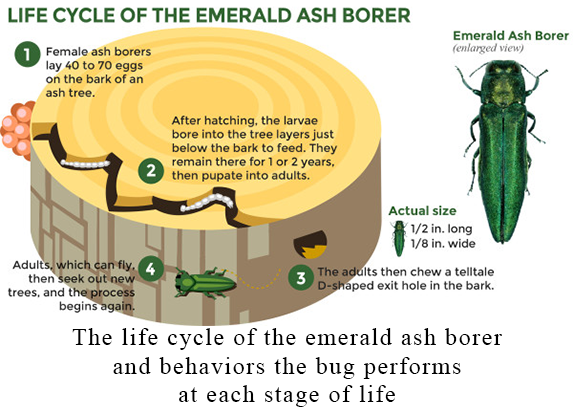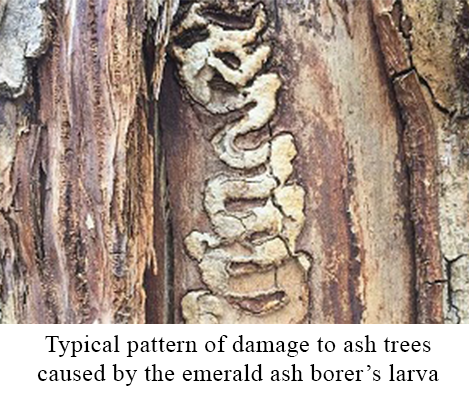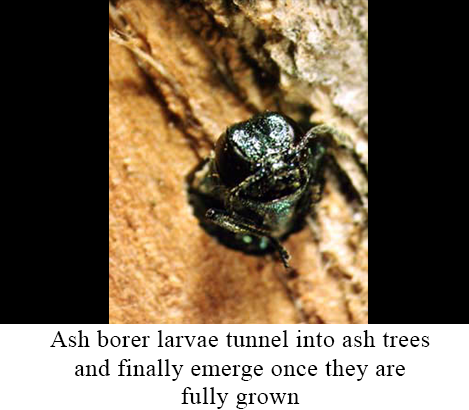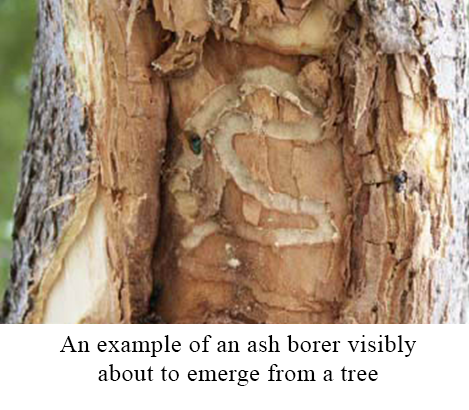Invasive pests pose a threat to an area's plant and animal species, crops, and even power distribution. Invasive species that feed on or lay eggs in plant life can weaken an area's trees. Trees and branches contribute to 70% of Sussex Rural Electric Cooperative's outages and the U.S. Department of Agriculture estimates that nationally, invasive species cause $120 billion in damage each year. Combatting the spread of invasive pest species can help reduce outages on our system.
Below you can find information on and resources related to invasive species currently affecting Sussex Rural Electric Cooperative's service territory and its surrounding areas. Currently, there are reports of the spotted lanternfly and the emerald ash borer in our area. If you come across a spotted lanternfly, we encourage you to squash it! Emerald ash borer infestations are more difficult to curb, but you can find resources on how to report and treat these infestations below.
If you know of a dying tree that is at risk of falling onto SREC power lines, please let us know by sending photos to info@sussexrec.com so our operations team can evaluate the risk that the tree may pose.
Together, we can STOMP OUT these pests!
The Spotted Lanternfly
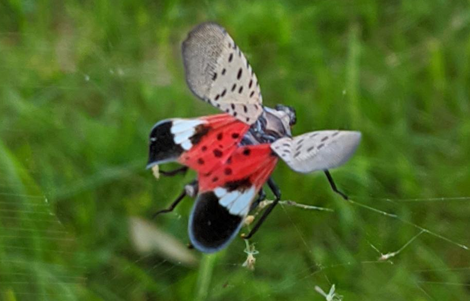 The spotted lanternfly is an invasive insect from China that was first discovered in the United States in Pennsylvania in 2014. Since then it has spread to other states, including New Jersey, thanks to its "hitchhiking nature" and practice of laying its eggs on all sorts of surfaces - including vehicles, trailers, and outdoor equipment
The spotted lanternfly is an invasive insect from China that was first discovered in the United States in Pennsylvania in 2014. Since then it has spread to other states, including New Jersey, thanks to its "hitchhiking nature" and practice of laying its eggs on all sorts of surfaces - including vehicles, trailers, and outdoor equipment
The spotted lanternfly's piercing/sucking mouthpart allows it to pierce plant life, even trees with heavy bark, to extract sap. They feed on over 70 different plant species. This process not only weakens trees and other plants, but also leaves honeydew residue which can attract other insects and promote fungal growth, harming the plant further. In the case of large trees like those in our area, a tree that has sustained enough damage could die and become more likely to fall over, becoming a potential hazard to power lines.
These pests sport a distinct spotted pattern. Young lanternflies are black with white dots, then develop a red coloration and wings as they reach adulthood (you can find an image showing their life cycle in the gallery below). People are encouraged to squash spotted lanternflies on sight to prevent them from reproducing and to report information on sightings with the report link below.
Resources:
The Emerald Ash Borer
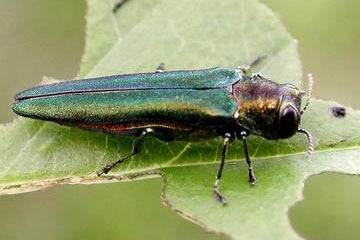 The emerald ash borer is a species of beetle that has its natural habitat in several Asian countries. After first being discovered in North America in 2002, it has spread throughout many US states, including New Jersey.
The emerald ash borer is a species of beetle that has its natural habitat in several Asian countries. After first being discovered in North America in 2002, it has spread throughout many US states, including New Jersey.
Like its name states, the emerald ash borer poses a threat to ash trees, which are abundant in Sussex County and surrounding areas. These insects lay their eggs in the cracks of these trees. Once hatched, their larvae burrow into the wood and create distinctive, curvy patterns like those seen in the gallery below. Once they enter the pupal stage then grow into adult ash borers, they emerge from trees and leave exit holes.
Affected trees display damage from the larvae's burrowing and adult ash borer's exit holes, as well as prematurely thinning and yellowing leaves. Ash borer infestations frequently weaken and kill ash trees which can lead to incidence of tree-related power outages.
Additionally, unsuspecting homeowners can accidentally transport emerald ash borer larva and pupas to new locations in firewood collected from an infested tree. We recommend not travelling with your firewood in order to prevent the spread of this invasive pest.

